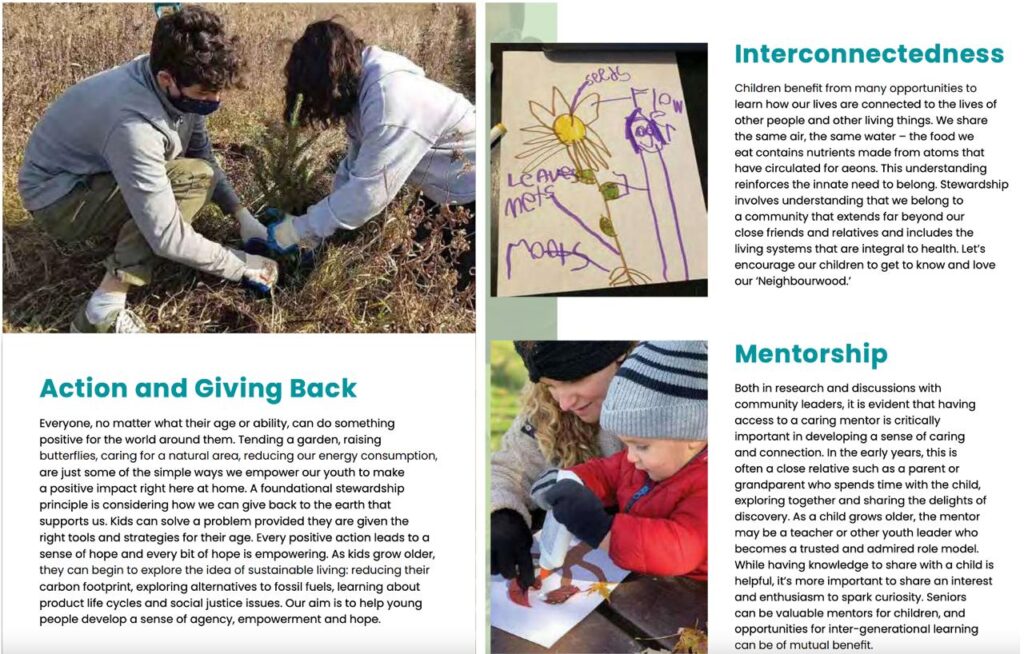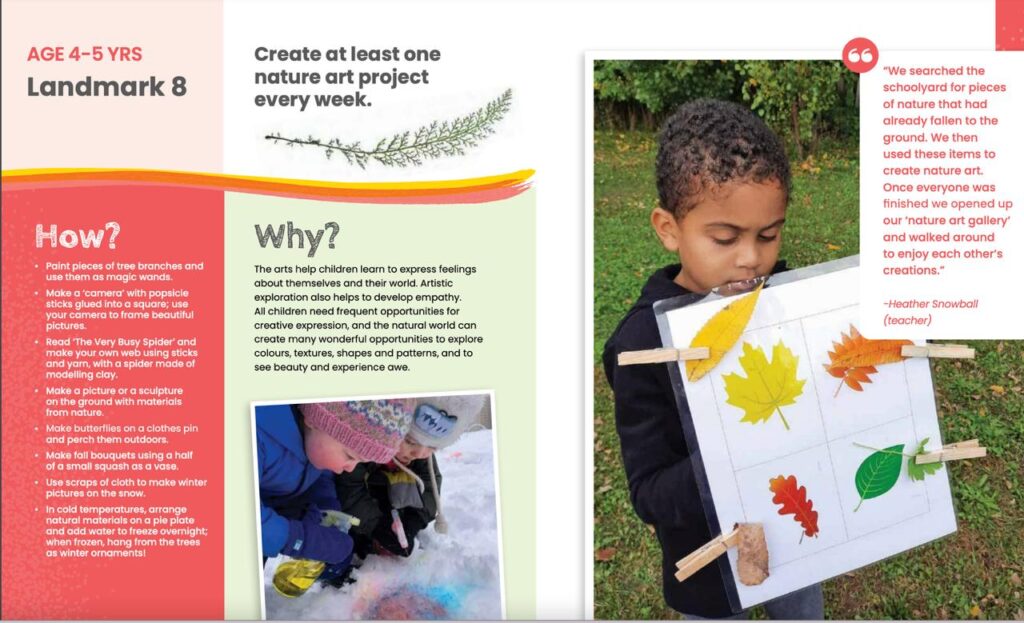By Jacob Rodenburg, Executive Director, Camp Kawartha
Stewardship Education
Peterborough, Ontario, September 2024: Simon Ogunda, a Kenyan youth worker, once posed a profound question: “Instead of asking what kind of world we are leaving for our children, we should ask what kind of kids we are leaving for our world.”
This question challenges us to rethink our approach to raising the next generation. How do we nurture children who care deeply for the Earth, value the natural world, and take positive action to protect it? This responsibility shouldn’t rest solely on the shoulders of environmental educators and outdoor specialists. If we are truly committed to fostering an ethic of stewardship, we must engage our entire community in this crucial work. This includes parents, grandparents, teachers, schools, organizations, Indigenous leaders, community groups, health professionals, municipal officials, and businesses.

Landmark stewardship
Recognizing the need for a community-driven approach to stewardship education, Camp Kawartha – a non-profit in Peterborough Ontario which was founded by the Rotary Club of Peterborough – collaborated with over 50 local organizations and secured close to $1 million in funding from foundations and donors to develop an innovative model for fostering stewardship throughout each age and stage of child’s development..
This initiative, called the Pathway to Stewardship and Kinship, was crafted with input from experts across North America, ensuring that each action was tailored to the interests and developmental stages of children. We call these actions “Landmarks,” symbolizing the milestones along a child’s journey toward becoming a responsible steward of the environment.
We’ve published a comprehensive book, On the Pathway, which you can download for free from the Pathway website detailing the Pathway approach. The website is filled with resources. We have launched an app to help families, educators, and communities track their progress in achieving these landmarks. Each of the 30 landmarks is accompanied by professional video explaining why and how the landmark can be used.
Combating Eco-Anxiety and Fostering Environmental Action
We recognize that children today feel anxious about an uncertain environmental future. Concerns like climate change, pollution, and habitat loss are contributing to what’s been called “ecophobia” or “eco-anxiety.” To address this, our focus isn’t just on teaching children how to minimize harm: we actively show them what a positive, sustainable future can look like. The Pathway to Stewardship and Kinship Program empowers children of all ages to take meaningful, positive action for the environment at every age and stage of their development.

Landmark stewardship
Our 30 Landmarks guide children from birth to high school graduation, offering age-appropriate, hands-on activities that nurture a lifelong ethic of stewardship. In Landmarks 1 through 12, young children build a love for the environment through outdoor play, gardening, animal care, and deepening their connection to the land. In Landmarks 13 through 20, children begin to advocate for the environment by learning about ways in which land and waterways can be rehabilitated; they explore ways to reduce their carbon footprint, explore sustainable living, and discover ways to increase biodiversity. In the final landmarks, teens engage in impactful environmental projects that contribute to creating healthy, sustainable communities.
The impacts of the Pathway to Stewardship and Kinship Program have been nothing short of remarkable. With participation from over 130 classes, 12 childcare centres, and countless families, the Pathway initiative has touched the lives of more than 10,000 people.
While we initially set a goal of recording 10,000 completed landmarks, we were both astonished and delighted to surpass 62,000 recorded landmarks within our community alone. Additionally, our award-winning documentary, which chronicles the success and impact of this initiative, is available for viewing. Here is a link to the trailer of the Wild Path Home. Here is a link to the Wild Path Documentary.
The strength of the Pathway to Stewardship and Kinship lies in its ability to unite a community around the shared goal of providing meaningful stewardship experiences throughout a child’s development. It encourages children to engage in positive environmental actions, fosters a deep connection to their local environment, and plants the seeds for a lifetime of environmental citizenship—precisely when the planet needs it most.
This is a call to educators, parents, community leaders, and youth groups worldwide to join forces and take collective responsibility for fostering environmental stewardship. Every community has unique resources, opportunities for environmental education, and specific challenges to address.
Our big hope is that people recognize that it takes a whole community to work together to create a culture where kids care for their environment. Well-meaning educators often tell kids about environmental problems, forgetting that children will only be motivated to do something if it is personally relevant to them and if they have agency.
With the average Canadian child spending an astonishing 7 hours and 50 minutes in front of a screen every day, the outdoors is becoming an increasingly foreign place. Stewardship of the natural world starts with children developing a love of place and of their environment. They can only love their environment if they have opportunities to experience it. From the love springs advocacy.
The Pathway to Stewardship and Kinship offers a research-based, pilot-tested, and proven community-based solution for raising children who will care for, protect, and enhance their environment. This is an approach that could be replicated across the world. Our thanks to the Rotary Club of Peterborough for helping us advance this project in our community. And now Rotary International can also help spread the word!
In the end, it truly does take a village to raise a steward.
To find out more about ESRAG’s work.

